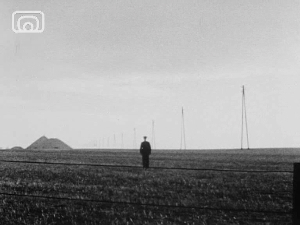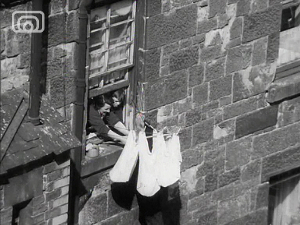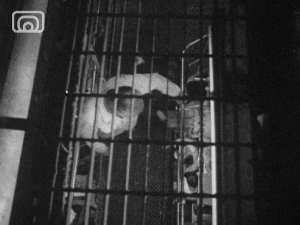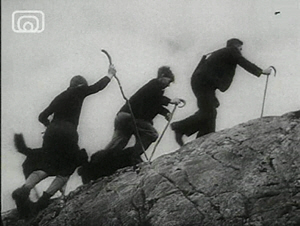The Placement of the Camera
How far the camera is from the subject, as well as the angle and level of the camera, change our experience of what we see on screen.
Example of a wide shot (also an establishing shot) from the film Petrol.- Wide shot - establishes the setting
- Medium wide - establishes the relationship of character to setting
- Medium shot - shows characters interacting and using tools
- Medium close - that concentrates on human action and motivation
- Close-up shot - focuses attention on emotions or objects
- Extreme close-up - focuses on a portion of a person's face so we can read something that the other characters usually cannot
- High angle - establishes superiority to the subject or sympathy with their plight
- Top shot - looks down on the action from above and is sometimes known as the 'God Shot' for obvious reasons
- Medium level - establishes equal terms with the subject
- Low angle - places the audience in an inferior position to the subject
- Canted, Tilted or Dutch angle - here the camera is skewed to suggest that the world is somehow out of joint or that the character we are following is somehow tilted or disturbed.
The way any of these camera positons are used will also depend on the lighting and the specific depth of field that the filmmakers use for each shot. They will also be affected by set design, costume and of course visual composition (the dramatic arrangement of characters within a space) for which one needs to be conversant on a very basic level with the principles of drama, art and design, golden ratios, angularity, etc.
Example of a low angle shot from the film Crofters.


